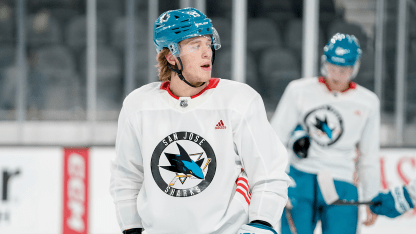Valtteri Pulli, an undrafted free agent signed after last season ended, has cut an imposing figure at 6-5 and 210 pounds. Players who arrived before Grier and the newest members of his staff like Artem Guryev (6-4, 220), Yevgeni Kashnikov (6-6, 205) and Nick Cicek (6-3, 200) now have more similarly-sized teammates.

